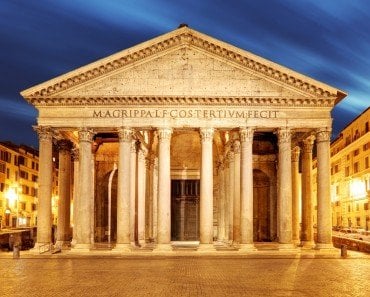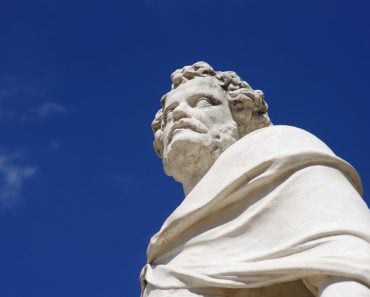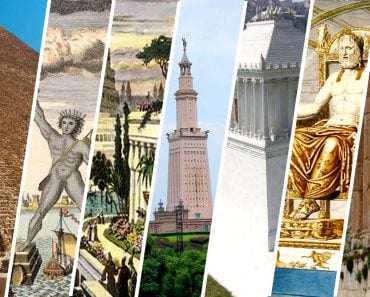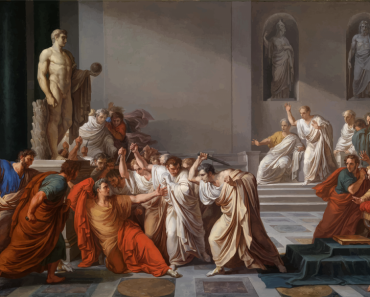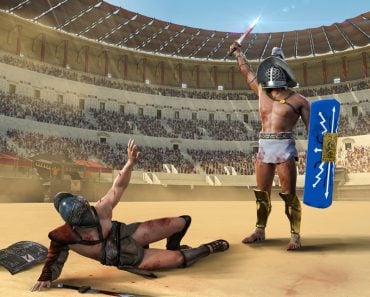Hadrian’s Wall was built to keep out barbaric tribes, keep in the Romans, and add a layer of defense in times of attack.
When Britain became a Roman territory, it became impossible to assert control and protect it, without keeping the wild tribes of the northwest a bay. To keep them away, the Romans did the most straightforward thing ever—they built a massive wall.
For those of you who have vacationed (or lived) in England and walked along Hadrian’s Wall Path, this article is going to give you a lot of context.
Recommended Video for you:
Who Was Hadrian?
Hadrian (wordily known as Caesar Traianus Hadrianus Augustus) was the Roman Emperor between 117 and 138 CE. He was the third of what were dubbed the ‘Five Good Emperors’, those who presided over and perhaps caused the glory days of the Roman Empire. His hobbies included traveling (most Emperors didn’t visit their territories), poetry, architecture, occasional Senator killings, and also Greece.
Notorious for his fascination with all things Greek, in his career as benevolent dictator of the Roman Empire, he rebuilt the Pantheon, created grand temples, including what is thought to be the largest of ancient Rome, the Temple of Venus and Roma, and also erected a wall he modestly named after himself that crossed the entirety of the English island’s width.
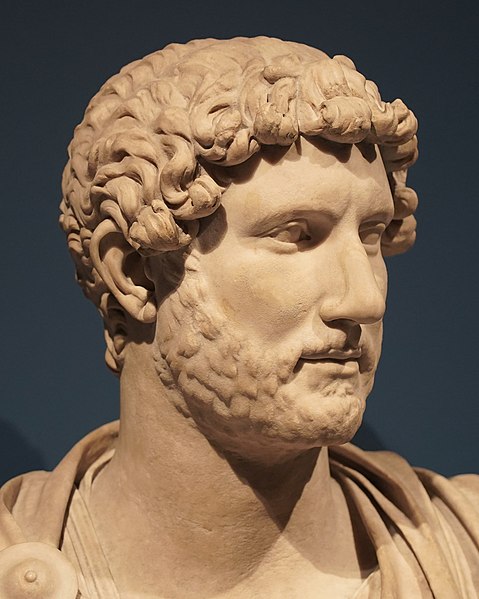
What Is Hadrian’s Wall?
Hadrian’s Wall (Vallum Hadriani, as those who built it would have called it), also known as the Picts’ Wall, was a defensive sea-to-sea fortification built by Emperor Hadrian in Roman Britannia. It was a Roman frontier, which historians now call Līmes. It was one of several frontiers he constructed all over the empire.
The chronology of the Wall’s construction and the bureaucratic planning before that have been speculated on extensively, given the archaeological evidence available. The popular explanation at present is that the Wall was planned and built around Hadrian’s visit to Britain in 122 CE (he was only the second Emperor to visit Britain).
Hadrian’s Wall, running an impressive 80 Roman miles or 117 km (73 miles), separated Roman Britannia (the parts of Great Britain under Roman rule) from what was called Caledonia, the area beyond the River Forth, essentially most of Scotland. At every Roman mile, a mile castle was built as an observation post to keep watch on the other side.
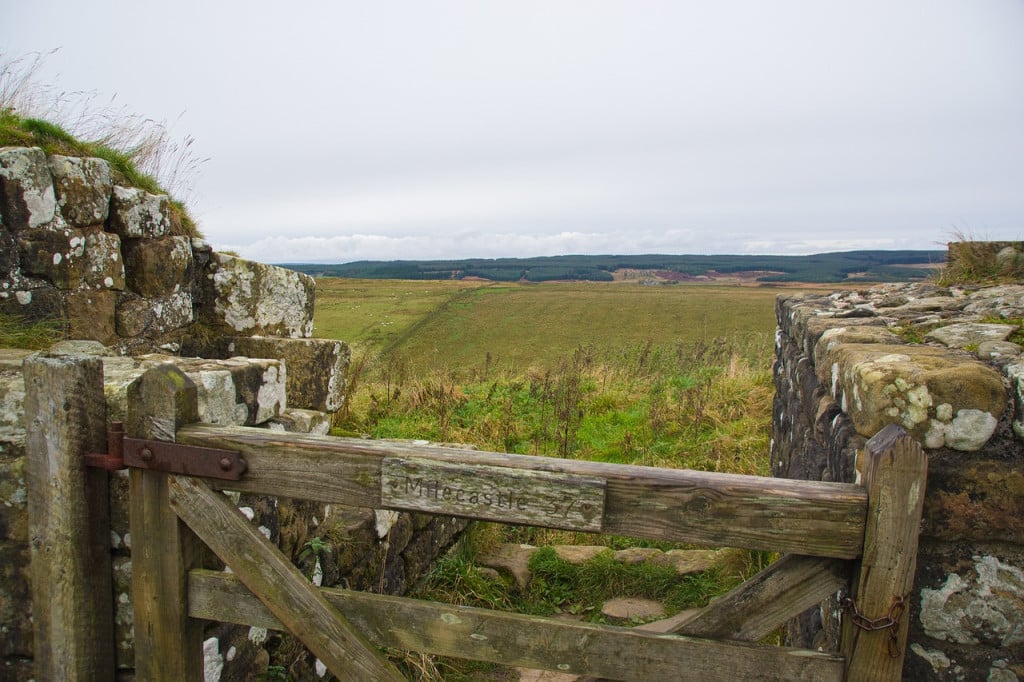
Why Was Hadrian’s Wall Built?
Hadrian’s frontiers all over the empire had used natural features as boundaries for Roman territories. Rivers like the Rhine and the Danube, for example, served as a boundary to keep out the Germanic tribes. In Britain, however, this was not feasible and so, undeterred by the terrain, Hadrian just built a wall.
He commissioned thousands of Roman soldiers, rather than slaves, to build the wall, which simultaneously prevented idle soldiers from wreaking havoc in an unfamiliar and hostile environment far from home.
The Wall had never been, nor was it intended to be, an Anglo-Scottish border, even though it could loosely function as one. The purpose behind constructing such a Wall to define Roman territory from what wasn’t, was to keep the Roman subjects separate from the barbarians, along with adding a defensive layer between the Romans and the Picts. It also gave the Romans time, when an attack was imminent, to gather enough men and to stall their enemies.
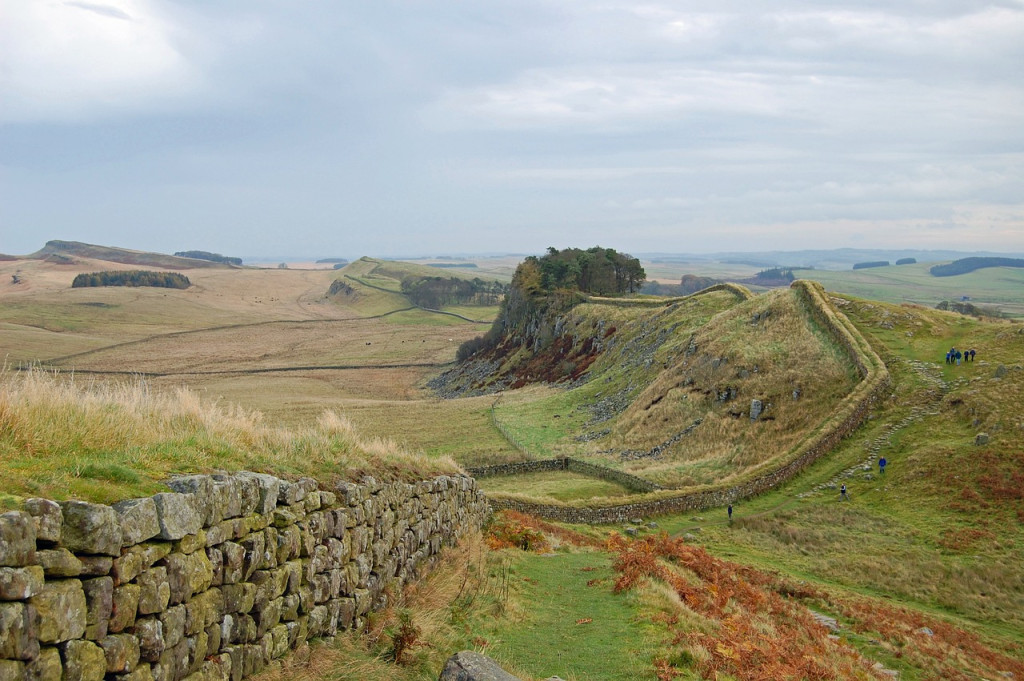
Looking at it now, it may not appear awe-inspiring enough to ward off raiders and invaders, but when it was built, it was 4 meters high, and did a pretty good job!
Who Were The Picts And Why Were They Kept Out?
The Picts were a group of people in Scotland who lived north of the Firth of Forth. They were called the Picti after their habit of painting their faces and bodies (although some scholars says that they were named after Pecht, a word for ancestors). They came into conflict with the Romans over their territory.
During Hadrian’s reign, Britain as a Roman province had experienced violence at the hands of local tribes. The fact that the turbulence in the province led to suppression of the barbarians of Britain meant that those who were defeated needed to be kept from reanimating that same fighting spirit.
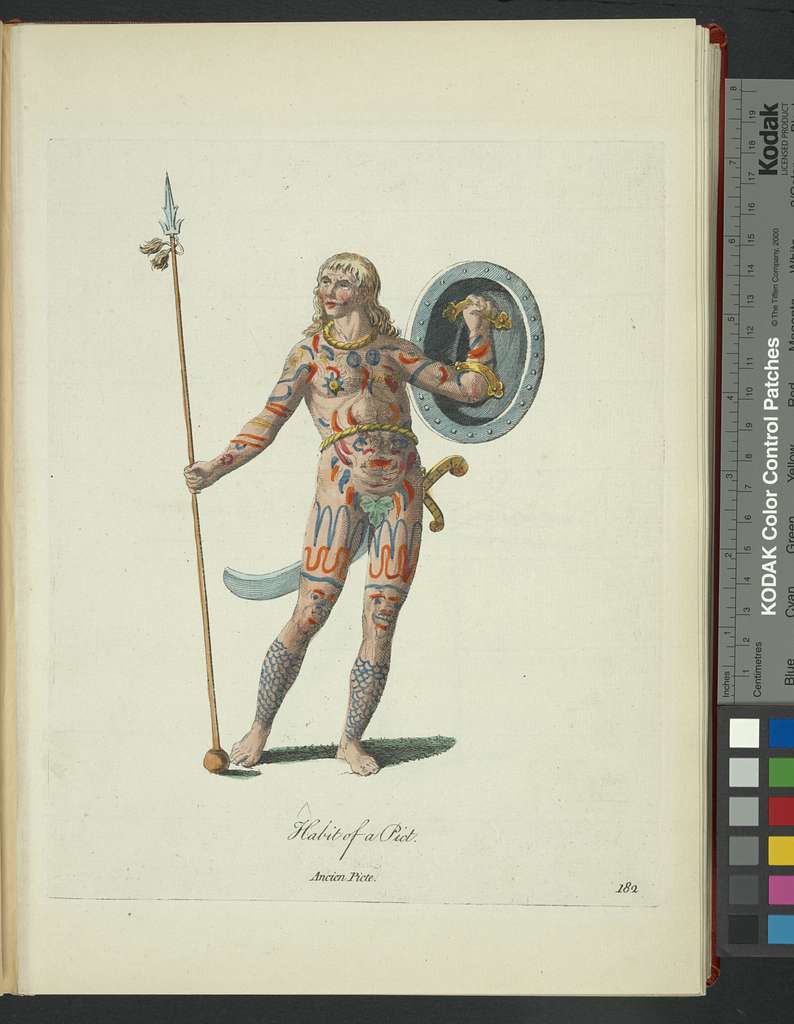
What Happened After The Romans Left?
Although the Romans had left Britain by 410 CE, the Wall continued to be a local landmark along which people thrived and forts were inhabited. It later became an easy source for stones (explaining the wall’s considerable diminishment in size) for nearby construction projects.
That only stopped around the 18th century, when conservation of the Wall (as heritage and as symbol) came to the forefront. Hadrian’s Wall is now a national and international landmark.
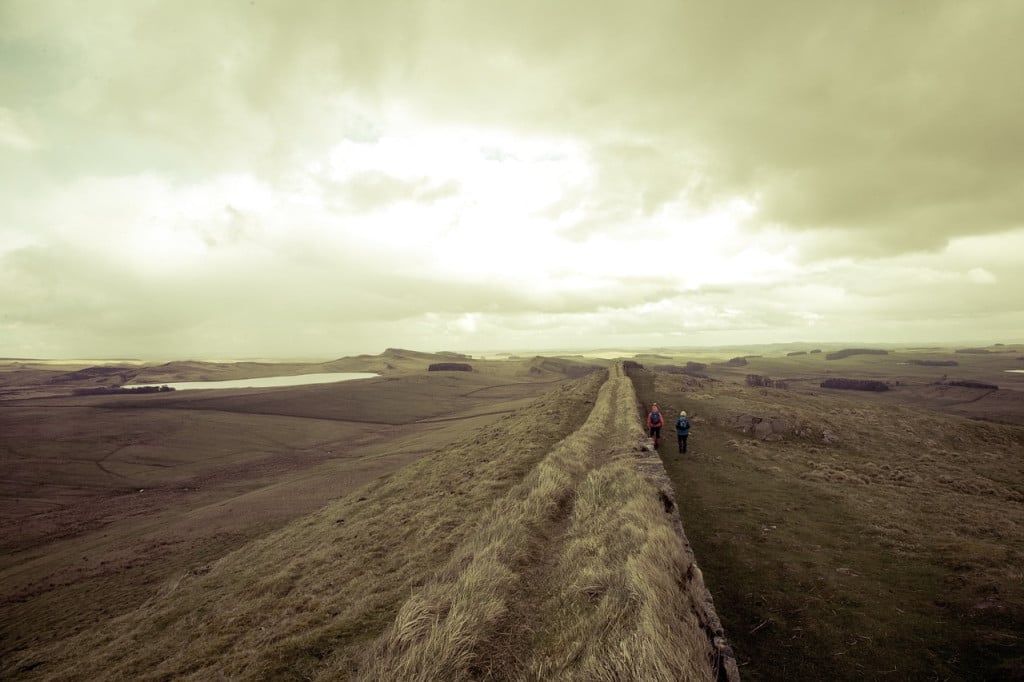
Conclusion
Building walls to keep out and discourage threats to the empire served the purpose of intimidation, as resources were spread thin. Perhaps a stroke of genius in psychological warfare, nothing could have better displayed the empire’s power and access to resources of all kinds (natural and human) than frontiers that stayed strong, even as the emperor and the empire that built them faded. Balancing both propaganda and productivity was arguably this wall’s greatest accomplishment.


